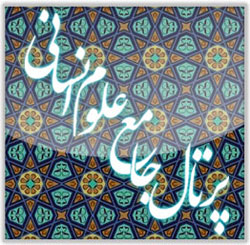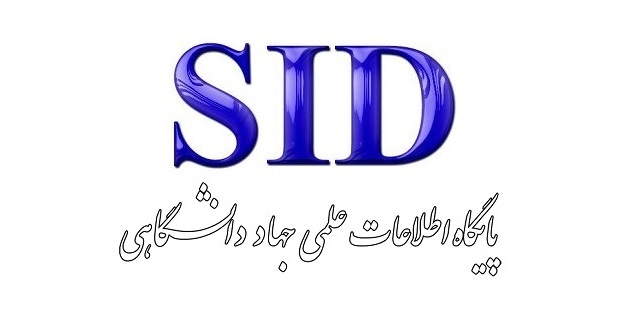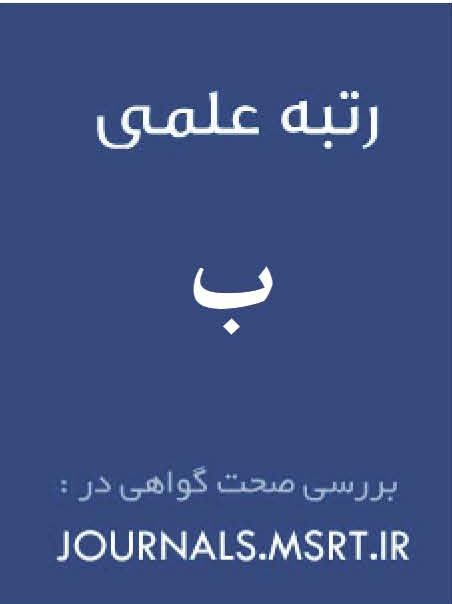Study of Linguistic Collocations in the Qur’an and Their Impact on the Semantic Expansion of Abstract Vocabulary
Keywords:
Linguistic cohabitation, Holy Quran, abstract words, semantic expansion, text analysisAbstract
Linguistic collocations are one of the important tools in the semantic analysis of various texts, especially sacred texts such as the Holy Qur’an. In the Qur’an, abstract vocabulary is specifically associated with certain words in ways that play a key role in the expansion and elucidation of their meanings. This study, focusing on the analysis of linguistic collocations in the Holy Qur’an, examines how these collocations influence the transmission of deeper and broader meanings of abstract words. The research method is based on content analysis of the Qur’an and the examination of word structures within the contexts of different verses. Efforts have been made to clarify the role of collocation in reinforcing the coherence of abstract concepts by considering linguistic and semantic indicators. The findings of this study indicate that linguistic collocations not only embody the core meaning of words but also contribute to the development and semantic broadening of abstract vocabulary by linking them with more tangible concepts or by providing specific semantic contexts. Consequently, the role of collocations in the Qur’an not only facilitates understanding the meanings of abstract words but also imparts greater depth and semantic precision to them.
Downloads
References
Abd al-Tawwāb, R. (1988). Mabāhith-i dar Fiqh al-Lughah va Zabān Shenāsi-ye 'Arabi (Discussions in Lexicography and Arabic Linguistics) (Translated by H. R. Sheykhi. ed.). Astan Quds Razavi Publications.
Āmeri Bāreki, M. R., Hosumi, V., Tavakkolniā, M., & Aghili, S. A. (2021). Analysis of the Semantic Network of the Particle 'Hatta' in the Quran with a Cognitive Semantics Approach. Linguistic Essays, 12(4 (Serial 64)), 691-720.
Dinesen, A. M. (2020). Darāmadi bar Neshāneh-Shenāsi (An Introduction to Semiotics) (Translated by M. Ghahremān. ed.). Qoqnoos Publishing.
Emdādi, A., Badakhshān, I., & Dehqān, M. (2021). An Investigation of the Polysemy of Vocabulary in the Holy Quran Based on the Cognitive Lexical Semantics Approach. Comparative Linguistics Research, 11(21), 199-223.
Ma'mouri, A. (2007). Linguistic Knowledge and Its Applications in Quranic Studies. Journal of Quran and Science, 1, 161-176.
Moti, M. (2008). Semantics of Beauty in the Holy Quran Imam Sadiq University].
Nilipour, M., Ghāemi Niā, A., & Nosrati, S. (2016). Application of Prototype Theory and Radial Network in the Cognitive Semantics of Piety (Taqwa) in the Quran. Zehn (Mind), 17(66), 93-117.
Pakatchi, A. (2002). Grammatical Semantics Theory and Its Application Context in Quranic Studies. News and Information, 8(45-46), 1-20.
Palmer, F. (2021). Semantics (A New Look at Meaning) (Translated by M. Fayyāz. 8th ed.). Markaz Publishing.
Sa'idi Roshan, M. B. (2019). Tahlil-e Zabān-e Qur'an va Ravash Shenāsi-ye Fahm-e Ān (Analysis of the Language of the Quran and the Methodology of Its Comprehension). Hawzah and University Research Institute, Organization of Islamic Culture and Thought Research Institute.
Safavi, K. (2018). Darāmadi bar Ma'ni Shenāsi (An Introduction to Semantics). Sooreh Mehr Publishing.
Downloads
Published
Submitted
Revised
Accepted
Issue
Section
License
Copyright (c) 2025 Hamed Vashani (Author); Kamran Mehregan; Goodarz Shakibaei, Bahman Gorjian (Author)

This work is licensed under a Creative Commons Attribution-NonCommercial 4.0 International License.







